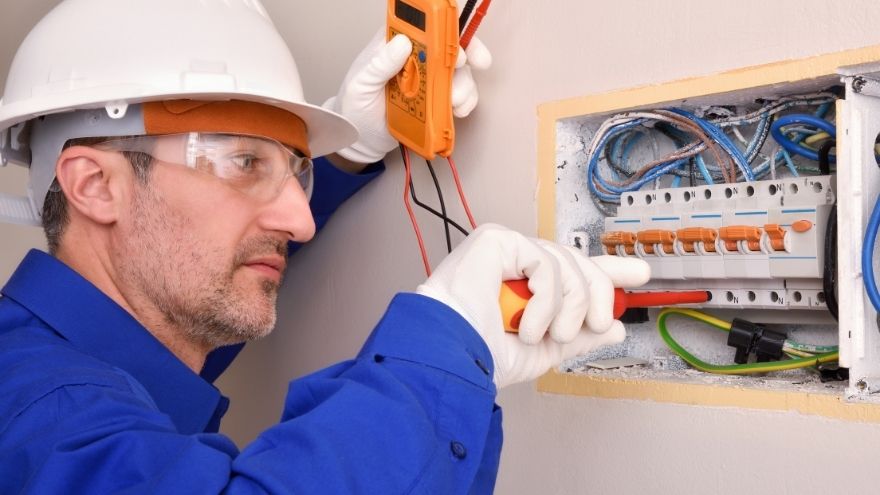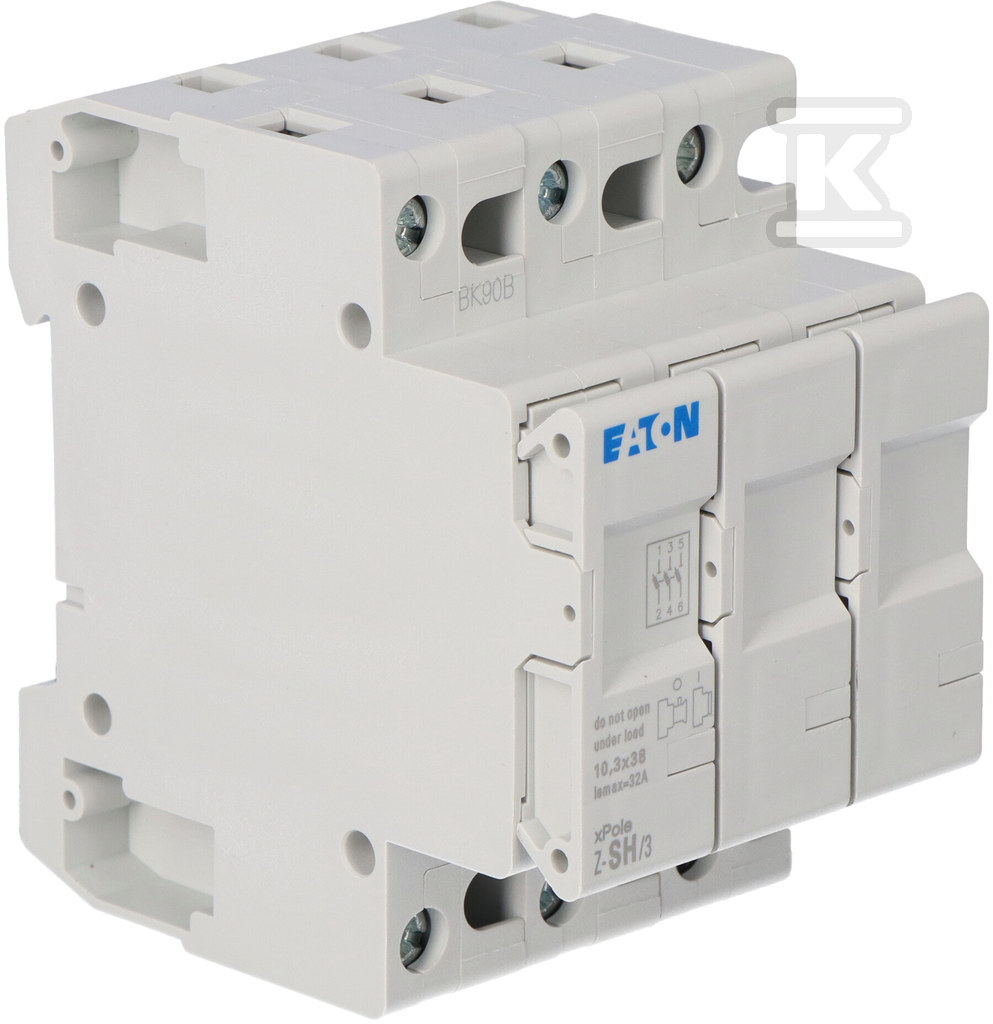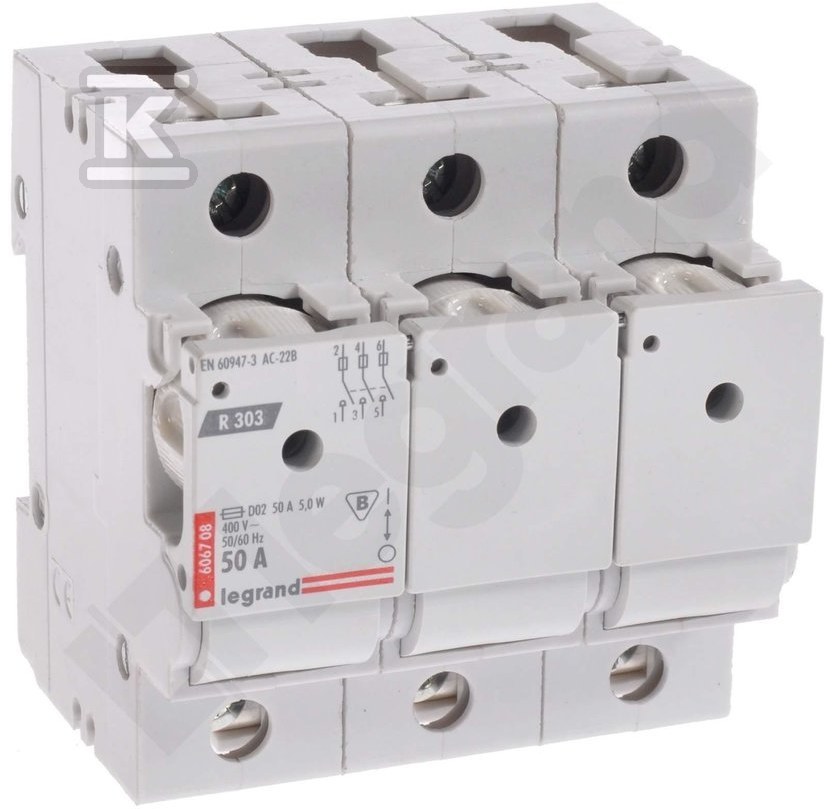Equipotential connections are a key element of every electrical installation. They have a very important task, ensuring the safety of users and protection against electric shock. In order to design such reliable installations, we must understand how these connections in practice affect the functioning of the entire system. We should also know exactly why they are so important. This is what we will deal with in the following article - we will discuss the regulations and standards that regulate the implementation of equipotential connections, while answering the question whether their use is always necessary? But that's not all, because we will also present the principles of correct design and implementation of these connections, thanks to which we will avoid typical errors, ensuring the safe use of electrical installations.

Check out the electrical equipment at the Onninen wholesaler
Regulations and standards governing equipotential bonding
Equipotential connections are regulated by various regulations and standards. Their purpose is to ensure the safety of users of electrical installations. In our country, the most important of them is the PN-HD 60364-4-41 standard. It specifies the principles of protection against electric shock in low-voltage installations. This standard states that the main task of the connections in question is to eliminate potential differences that could lead to the flow of dangerous current through the human body. Therefore, requirements are applied that all conductive elements, such as pipes, metal building structures, as well as elements of the electrical installation, must be connected into one equipotential system. Such protection is absolutely crucial in all residential buildings and other construction facilities.
 Another important standard is PN-IEC 60364. This in turn refers to the design and construction of electrical installations. According to it, both main and additional equipotential connections must be used. Of course, everything depends on the specifics of the installations located in a given building. Main equipotential connections include all installations - water, gas, sewage and metal elements of the building structure. Additional connections are necessary in places particularly exposed to the occurrence of electric shock, i.e. in rooms such as bathrooms or kitchens, where there is a greater presence of water, which can cause a mortal threat. Such additional protection is therefore worth its weight in gold here.
Another important standard is PN-IEC 60364. This in turn refers to the design and construction of electrical installations. According to it, both main and additional equipotential connections must be used. Of course, everything depends on the specifics of the installations located in a given building. Main equipotential connections include all installations - water, gas, sewage and metal elements of the building structure. Additional connections are necessary in places particularly exposed to the occurrence of electric shock, i.e. in rooms such as bathrooms or kitchens, where there is a greater presence of water, which can cause a mortal threat. Such additional protection is therefore worth its weight in gold here.
It is worth mentioning the European regulations concerning the safety of electrical installations. We are talking here in particular about the Low Voltage Directive (LVD). This document clearly indicates the need for appropriate grounding and potential equalization. The regulation of the Minister of Infrastructure on the technical conditions that buildings and their location should meet is also important.
Is it necessary to make equipotential connections?
Definitely yes, because making such connections is not only recommended, but in many cases it is necessary and required by regulations. As we already know, their most important task is to ensure safety, which is possible by removing the potential difference between conductive elements. This minimizes the risk of electric shock.
 The standards - both the PN-HD 60364-4-41 and PN-IEC 60364 standards - leave no illusions as to how important this is. The obligation applies especially to those places where users may have contact with conductive elements. Their proper location is particularly important in rooms where there is a lot of water and moisture. We are talking about bathrooms and kitchens, of course. This is where all cables must be properly and safely installed.
The standards - both the PN-HD 60364-4-41 and PN-IEC 60364 standards - leave no illusions as to how important this is. The obligation applies especially to those places where users may have contact with conductive elements. Their proper location is particularly important in rooms where there is a lot of water and moisture. We are talking about bathrooms and kitchens, of course. This is where all cables must be properly and safely installed.
There are also electrical devices that may come into contact with water. There are various receivers, there is lighting in various places. It would take a long time to list them. However, this shows that where there is water and metal elements, there is an increased risk of electric shock, so you need to protect yourself accordingly. And yet, apart from legal requirements, there is something else, namely good engineering practices, which should always ensure full safety of users, as well as the stability of the electrical installation.
Correct design and execution of equipotential connections in electrical installations
In order for the equalization connections to work flawlessly, we must take care of preparing an appropriate project and then, based on that, make the appropriate connections. How should it look step by step?
-
 The absolute basis is of course the preparation of an electrical installation project that takes into account equipotential bonding. It is very important to make sure that all conductive elements, such as metal pipes of water, gas and heating installations, as well as elements of the building structure, have been included in the equipotential bonding system. It is equally important to designate the places where the main and additional equipotential bonding connections will be installed.
The absolute basis is of course the preparation of an electrical installation project that takes into account equipotential bonding. It is very important to make sure that all conductive elements, such as metal pipes of water, gas and heating installations, as well as elements of the building structure, have been included in the equipotential bonding system. It is equally important to designate the places where the main and additional equipotential bonding connections will be installed. - Once we have this plan, we can go to the Onninen store to buy what we need: installation wires , cables and wires , circuits, switchboards, switches, sockets, etc. The electrical engineering section has everything we need for such tasks, regardless of whether the most important thing is electrical equipment or modular equipment .
- During the work, the most important task is to install the main equipotential bar (GSU). It must be located in a place where it will have access to the main elements of the building installation, such as grounding, water, gas or heating installation. Remember that the GSU should be well grounded - it is best if it is directly connected to the building's grounding installation.
- Next, the conductive elements - the main equipotential ones - should be connected. It is extremely important that all installation elements (pipes, installation cables, metal elements of the building structure) are connected to the main equipotential rail. Equipotential cables of appropriate cross-sections are used for this purpose.
- Let's also make additional equalization connections, in places we've already mentioned, i.e. bathrooms and kitchens. To do this, let's connect metal elements like radiators, bathtubs, etc. with an additional equalization rail. It will be connected to the main rail.
- Finally, let's perform some inspection and testing to make sure all connections have been made correctly and are securely connected.
We have learned the key aspects in designing equipotential connections. It is worth taking this knowledge to heart so that the installation work is done perfectly - safely and reliably.
Check out the electrical equipment at the Onninen wholesaler